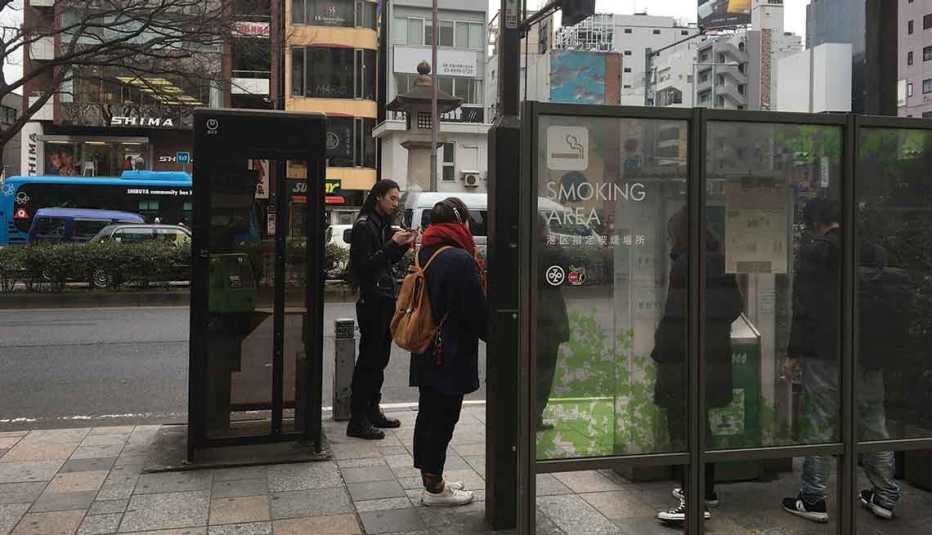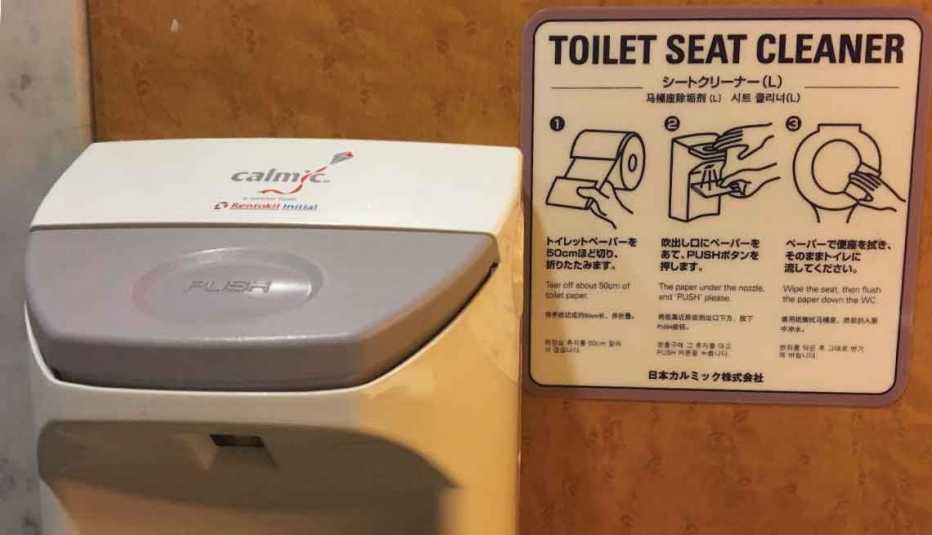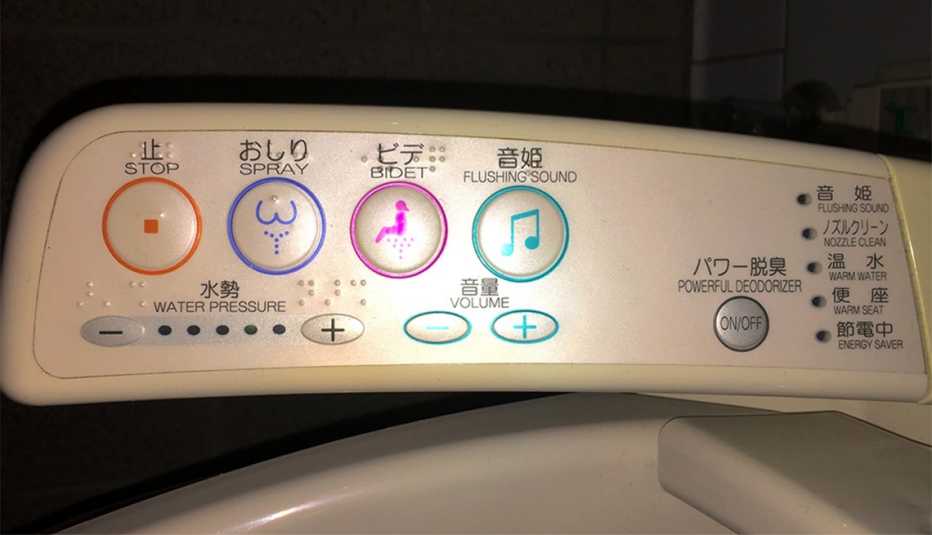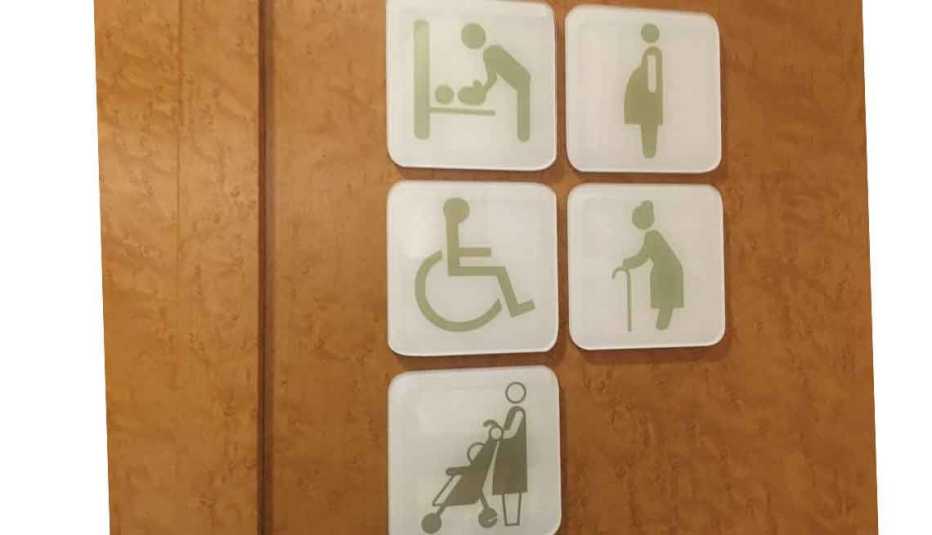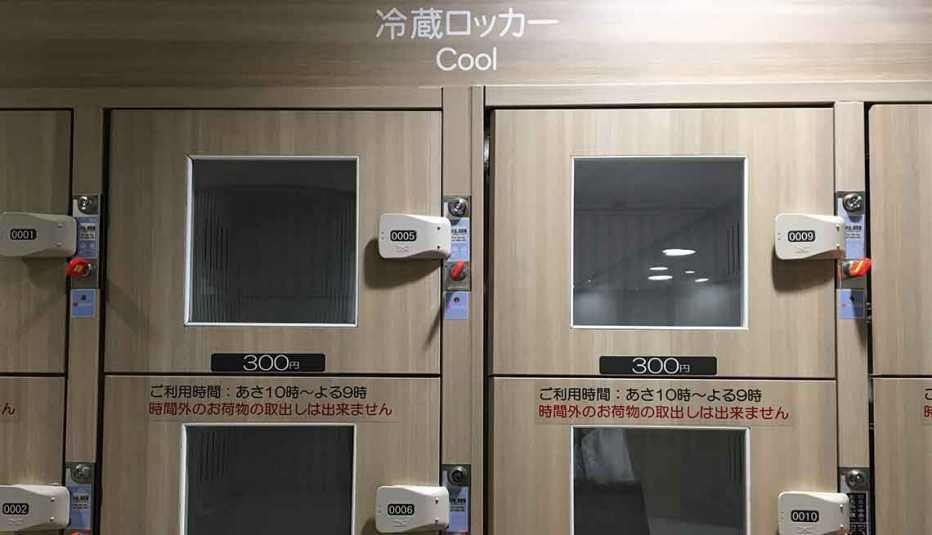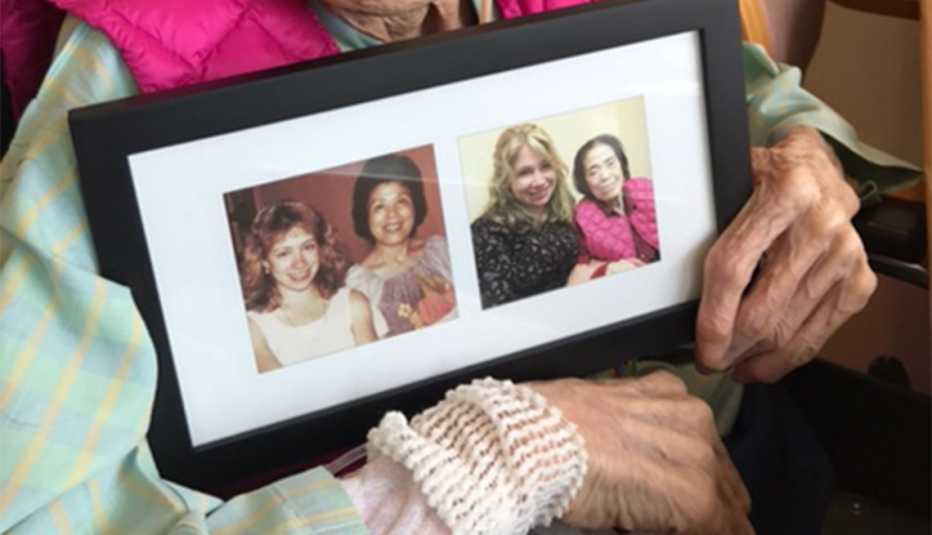AARP Hearing Center
The focus of my travel and vacation photos changed significantly after I joined the AARP Livable Communities team in 2014. I now return from trips with souvenir snapshots of streets, buildings, houses, public spaces and lots of strangers as they go about their daily lives. Seeing how and where people in different parts of the United States and the world live, work and play can provide inspiration for making where we live more livable for people of all ages.
— Melissa Stanton, Editor, AARP Livable Communities
Then and Now


A lot has changed between 1986, when I lived in Tokyo, and my return three decades later to visit longtime friends. Cat cafés, such as the one I popped into (pictured), allow animal lovers and the pet-deprived to relax among friendly felines.
Walking in the Middle of the Street


Located about an hour south of Tokyo, the city of Kamakura is home to a Great Buddha. One path to enlightenment is this elevated pedestrian corridor that runs down a busy boulevard.
Criss-Crossing the Street


The crosswalks may look like an invitation to chaos but they work, allowing pedestrians to cross a roadway or intersection once rather than twice or more to get where they're going.
Shoppers and Cyclists Welcome

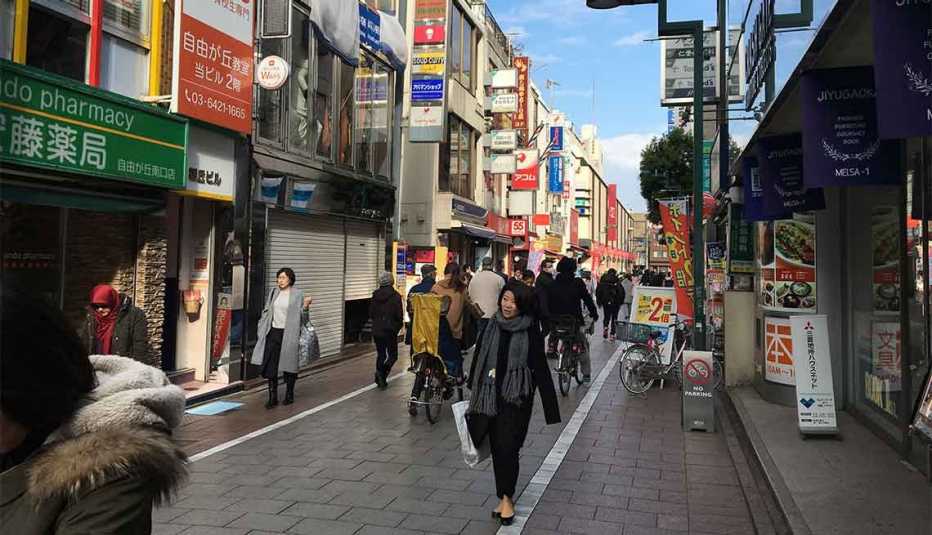
Tokyo is a densely populated city with dozens of town-sized neighborhoods. In the Jiyugaoka area, as in much of the city, the best way to get around and run errands is without a car.
A Wide Walkway


Streets and sideways get crowded with commuters at certain times of the day. Having a super-wide crosswalk helps keep pedestrians moving and vehicles at a safe distance.
Tickets and Translations


Japan's vast network of train lines enable people of all ages and abilities to travel within Tokyo and beyond. The route map can be intimidating, but information and assistance is available in multiple languages.
































































